White Raised Planter: The Ultimate Guide To Growing Vegetables And Flowers In Style
Here are some additional tips for growing vegetables and flowers in a white raised planter:
- Use high-quality potting soil: Potting soil is specifically designed for container gardening and will provide your plants with the nutrients they need to thrive.
- Fertilize regularly: Fertilize your plants every few weeks during the growing season to help them produce a bountiful harvest.
- Water regularly: Water your plants deeply and regularly, especially during hot, dry weather.
- Protect your plants from pests and diseases: Keep an eye out for pests and diseases and take steps to control them as soon as possible.
With a little care and attention, you can enjoy a beautiful and productive garden in your white raised planter.
If you are interested in learning more about white raised planters, I recommend visiting Garden Wiki. This website has a wide range of information about white raised planters, including different types, sizes, and prices. You can also find reviews of different white raised planters, as well as tips on how to choose the right one for your needs.
FAQ of white raised planter
Q: What are the benefits of using a white raised planter?
A: There are many benefits to using a white raised planter. White reflects light, which helps to keep the soil temperature cooler in the summer and warmer in the winter. This can help your plants to thrive in a wider range of climates. White also helps to brighten up your yard or garden, and it can make your plants look more vibrant.
Q: What size white raised planter should I get?
A: The size of the white raised planter you need will depend on the number and size of plants you want to grow. You also need to consider the amount of space you have available. As a general rule, a raised planter should be at least 18 inches deep and 24 inches wide.
Q: What type of soil should I use in a white raised planter?
A: You should use a high-quality potting soil in a white raised planter. This will help to ensure that your plants have the nutrients they need to grow healthy and strong. You may also want to add some compost to the soil to improve drainage and aeration.
Q: Do white raised planters need drainage?
A: Yes, white raised planters need drainage. This is because excess water can build up in the soil and cause the roots of your plants to rot. You can add drainage holes to the bottom of the planter, or you can use a planter with a built-in drainage system.
Q: How often do I need to water my plants in a white raised planter?
A: The frequency of watering will depend on the type of plants you are growing, the climate you live in, and the size of the planter. However, as a general rule, you should water your plants when the top inch of soil is dry.
Q: How do I care for a white raised planter?
A: The care of a white raised planter is relatively simple. You will need to water your plants regularly, and you may need to fertilize them every few months. You should also check the planter for signs of pests or diseases, and you should clean it out periodically.
Image of white raised planter
- A white wooden raised planter with a simple, rectangular design.
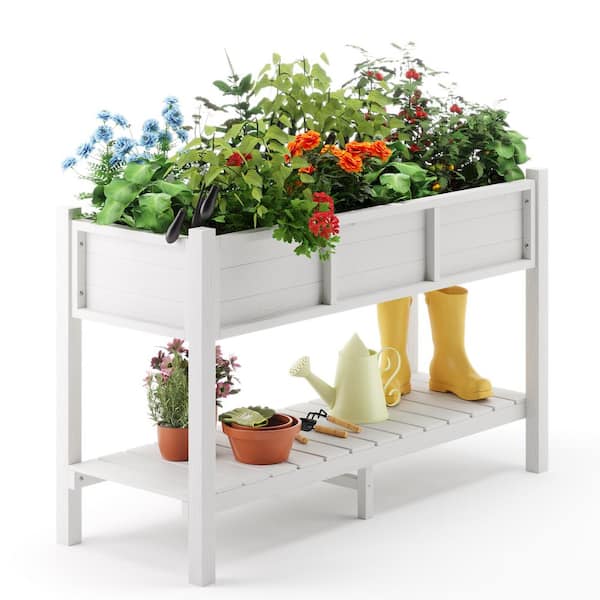
- A white plastic raised planter with a curved design and a drainage hole.
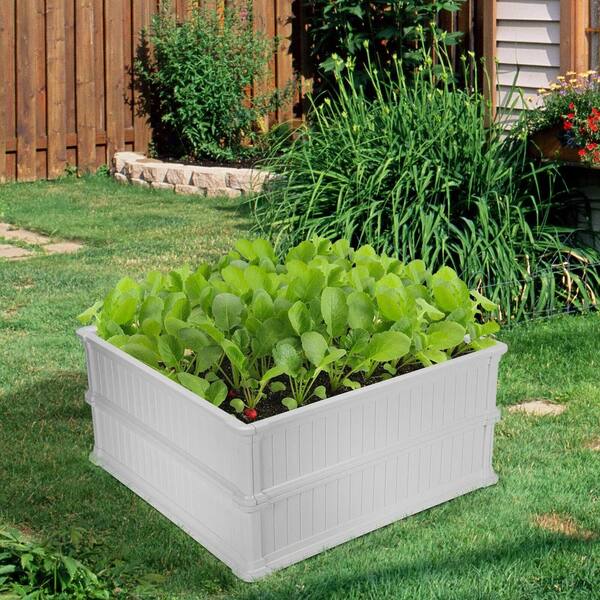
- A white concrete raised planter with a textured finish.
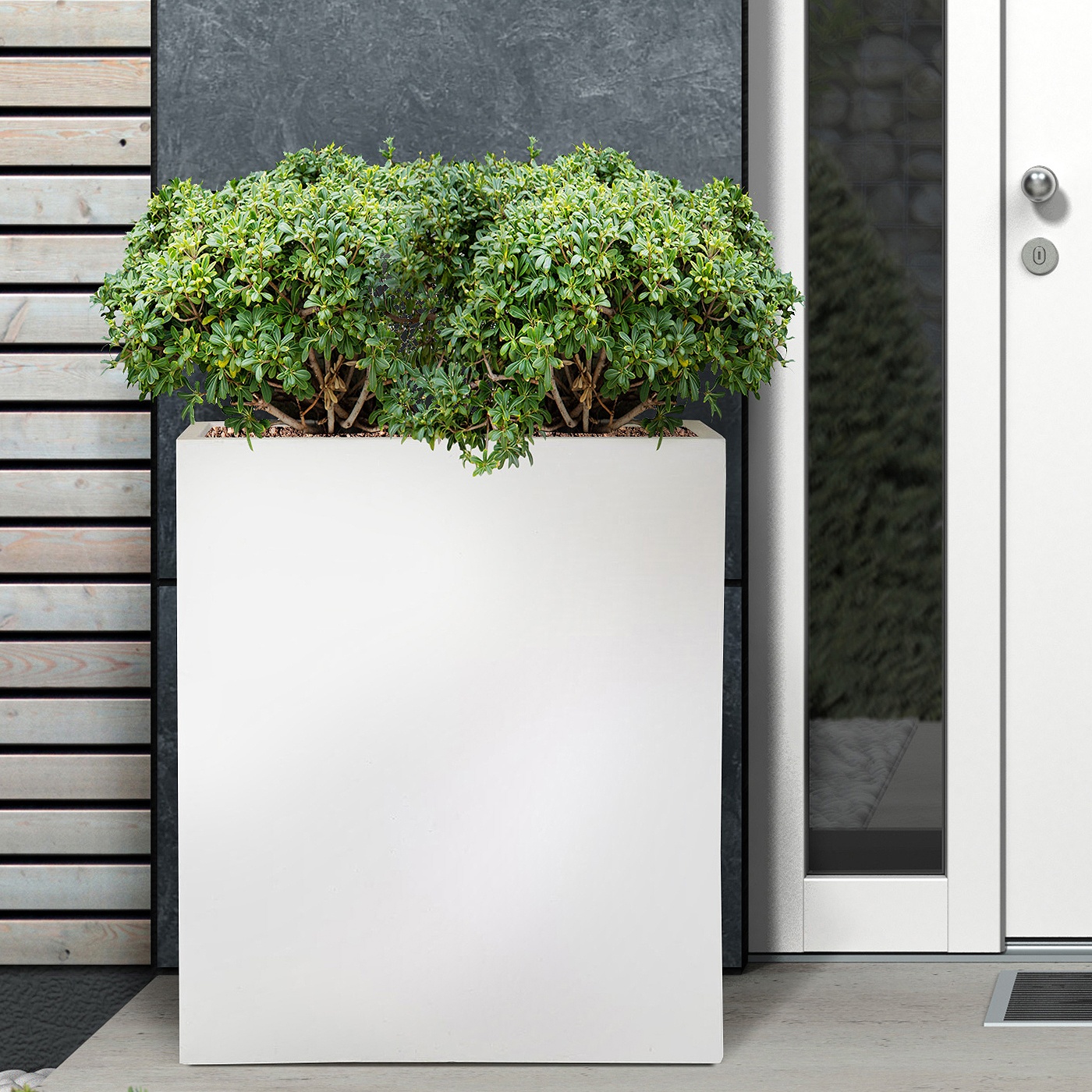
- A white metal raised planter with a lattice top.
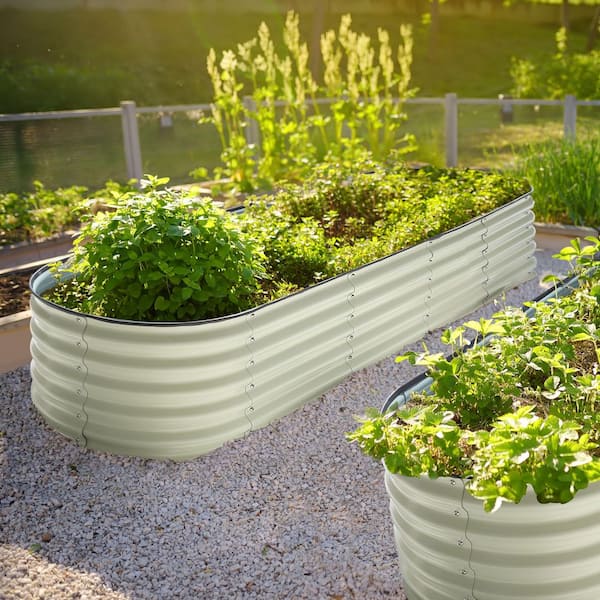
- A white terracotta raised planter with a rustic finish.

- A white picket fence raised planter with a charming, cottagecore style.

- A white barrel planter with a rustic, farmhouse style.
- A white trough planter with a modern, minimalist style.
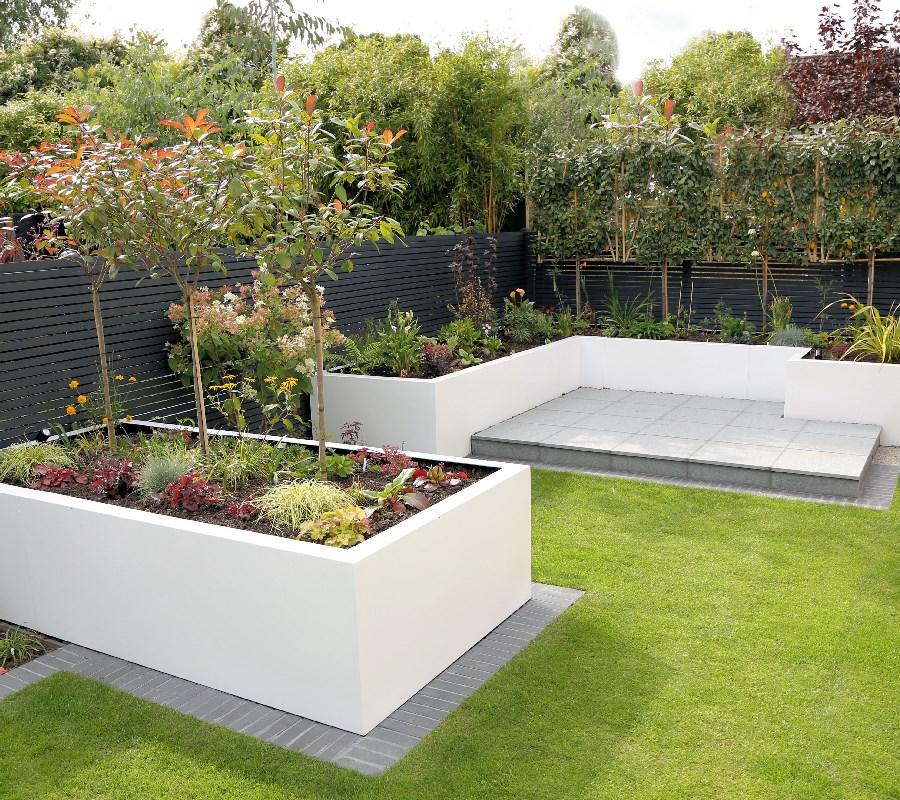
- A white planter box with a whimsical, fairy garden style.
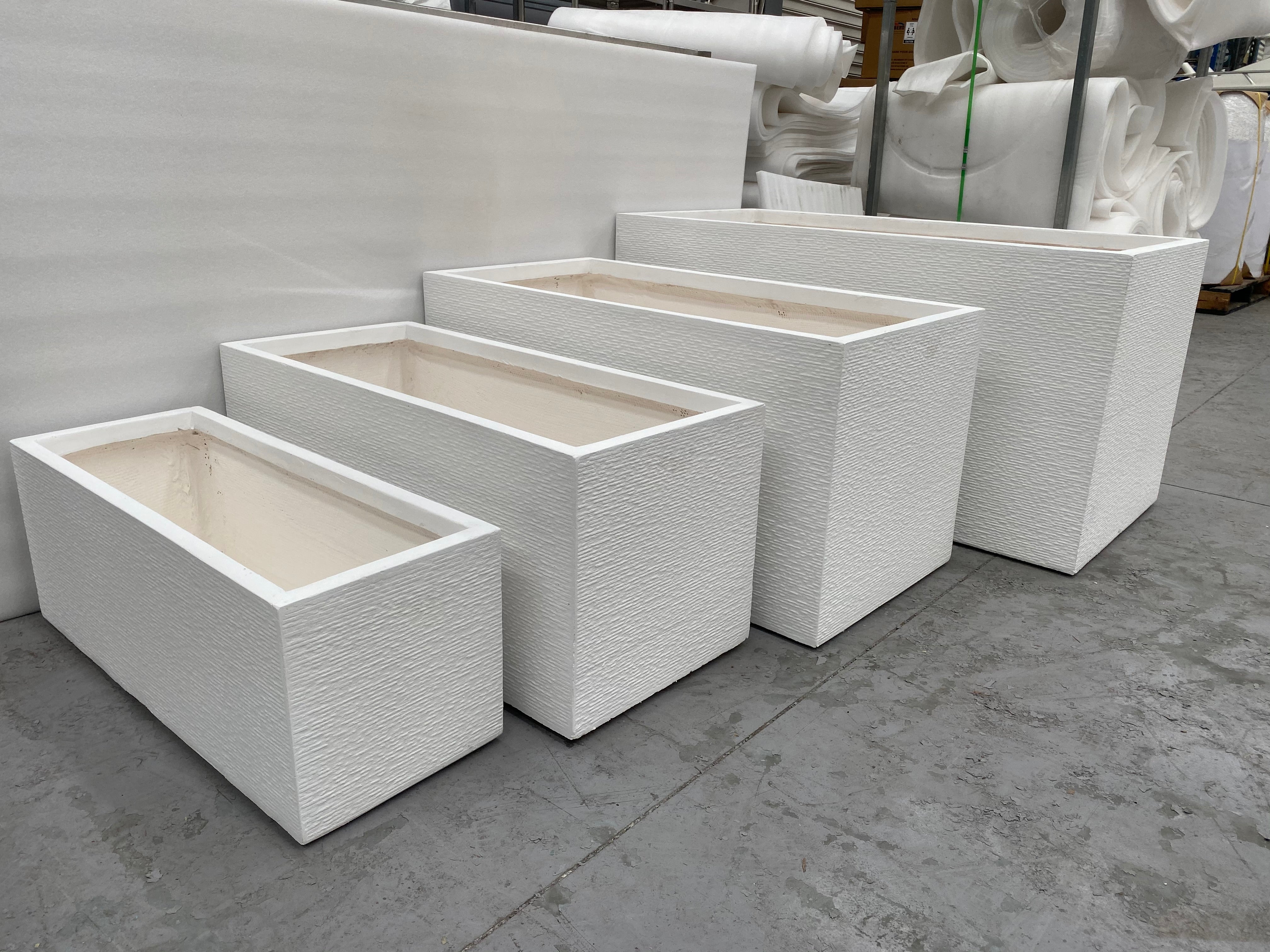
- A white planter wall with a vertical garden design.
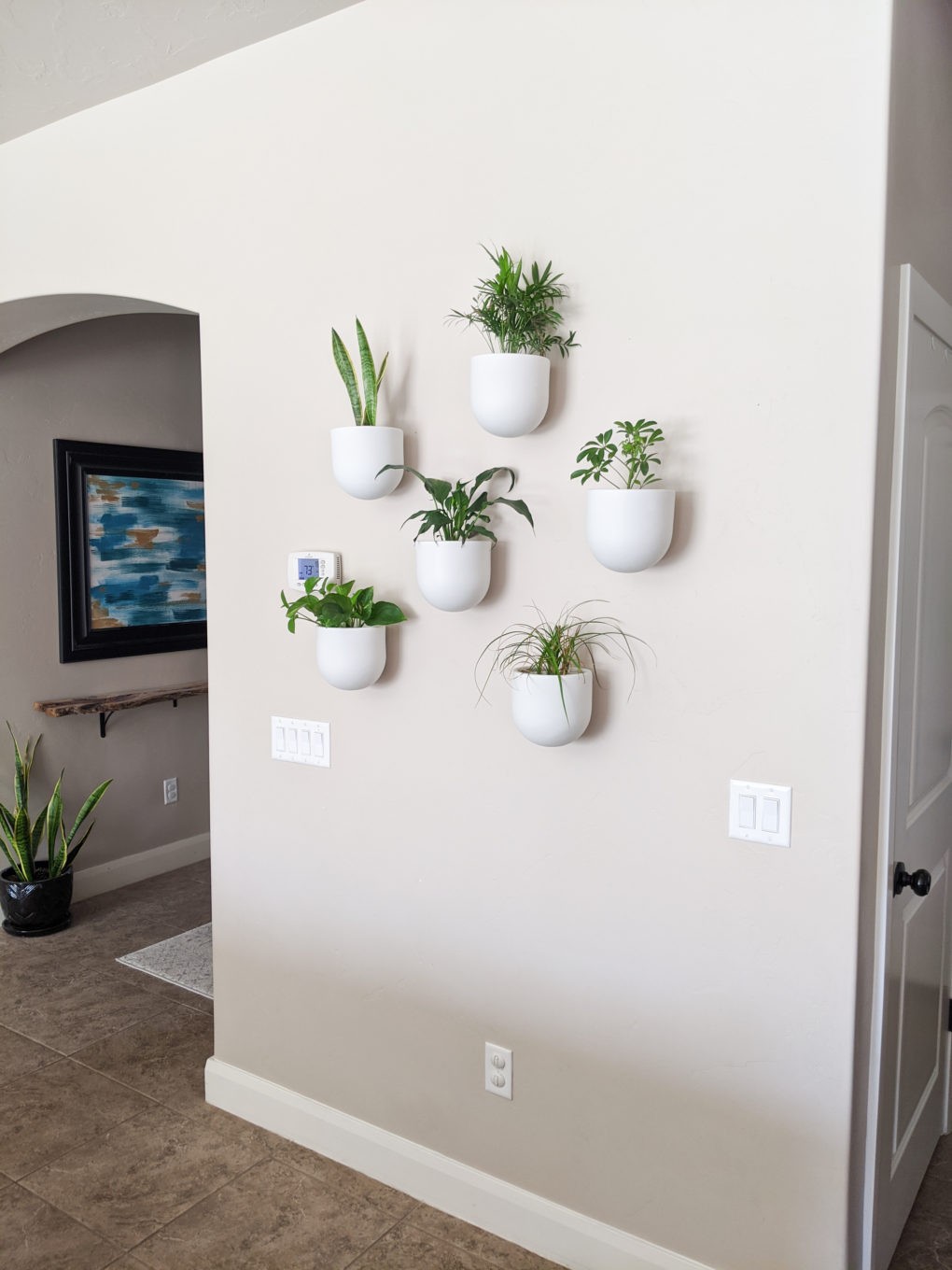


Post a Comment for "White Raised Planter: The Ultimate Guide To Growing Vegetables And Flowers In Style"